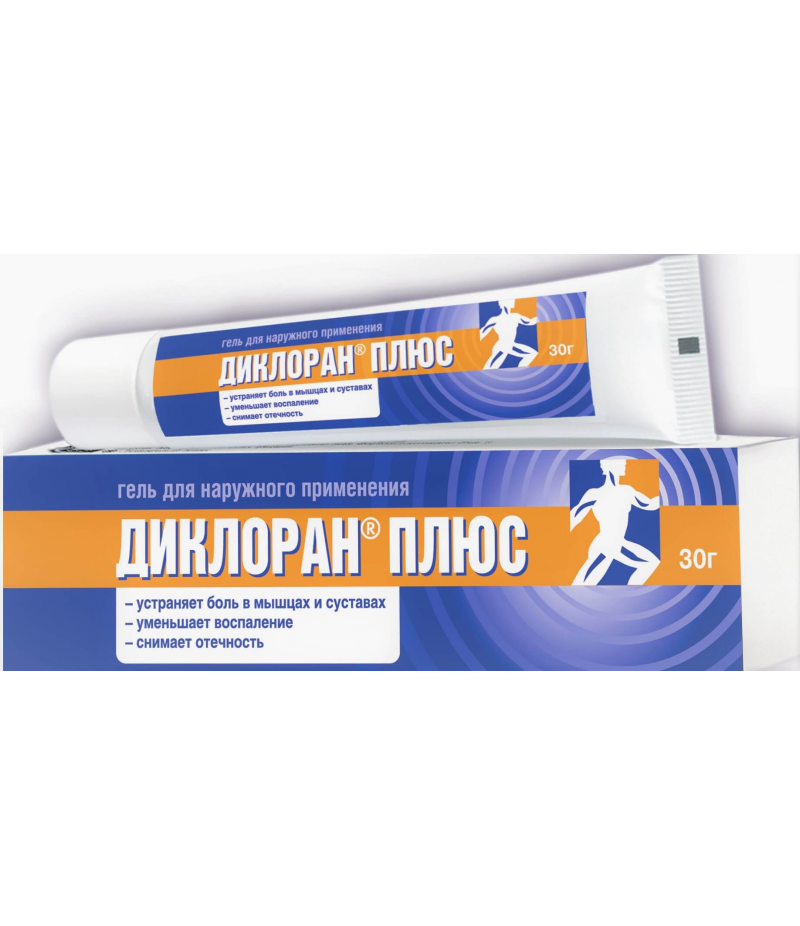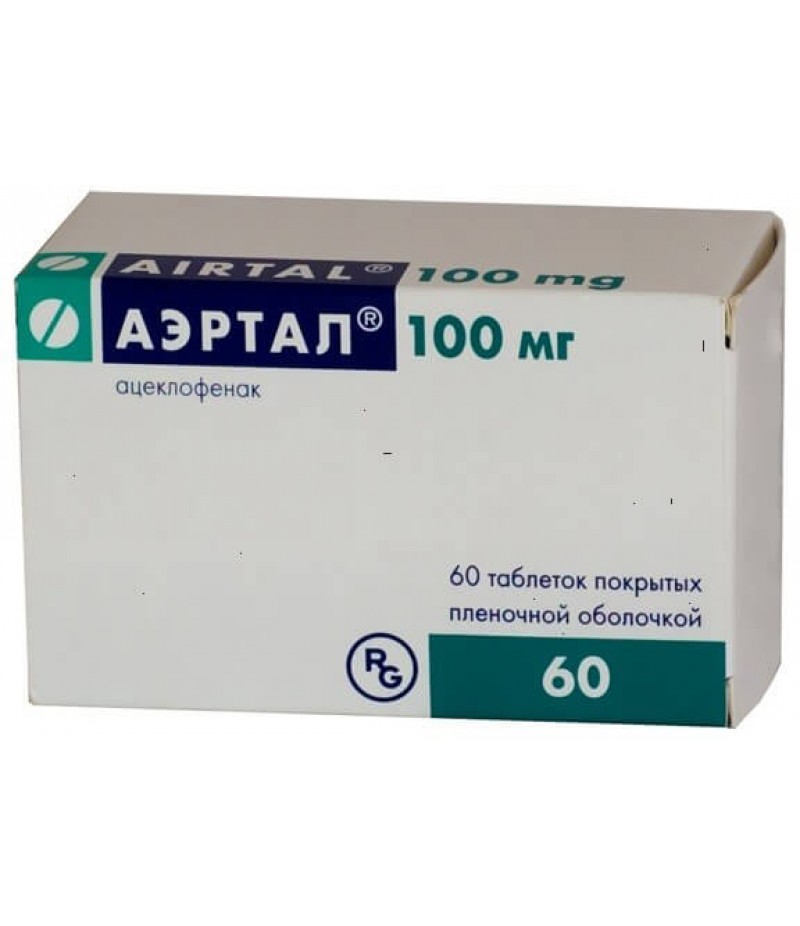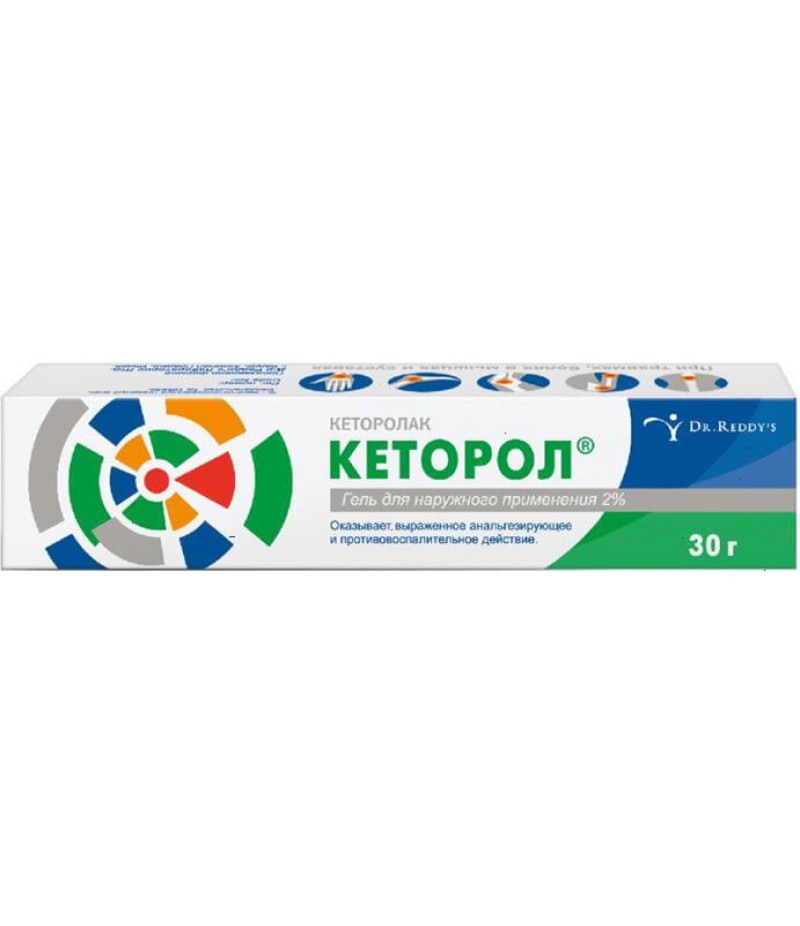Indometacinum (Indometacin) 10% 40gr
- $12.50
- 3 or more $11.00
- Availability:In Stock
Indometacinum instruction for useYou can buy Indometacinum on this pagepharmachologic effectNSAID, an indoleacetic acid derivative. Has anti-inflammatory, analgesic and antipyretic effect. The mechanism of action is associated wit..
Tags: ointment
Indometacinum instruction for use
You can buy Indometacinum on this page
pharmachologic effect
NSAID, an indoleacetic acid derivative. Has anti-inflammatory, analgesic and antipyretic effect. The mechanism of action is associated with inhibition of the enzyme COX, which leads to inhibition of the synthesis of prostaglandins from arachidonic acid.
Suppresses the aggregation of platelets.
When administered orally and parenterally contributes to the weakening of the pain syndrome, especially joint pain at rest and during movement, a decrease in morning stiffness and swelling of the joints, an increase in the volume of movements. The anti-inflammatory effect develops by the end of the first week of treatment.
With topical application removes pain, reduces swelling and erythema.
With external application, in addition, helps reduce morning stiffness, increase the volume of movements.
Pharmacokinetics
After ingestion Indometacinum is rapidly absorbed from the digestive tract. Cmax in plasma is achieved after 2 hours Metabolized in the liver. Undergoes intestinal-hepatic recirculation. Indometacinum is defined in the blood plasma in the form of unchanged substance and unbound metabolites - desmethyl, des-benzoyl, desmethyl-des-benzoyl.
T1 / 2 is about 4.5 hours. It is excreted in urine - 60% in the form of unchanged substance and metabolites, and with feces - 33% mainly in the form of metabolites.
Indications
For systemic use: articular syndrome (including rheumatoid arthritis, osteoarthritis, ankylosing spondylitis, gout), pain in the spine, neuralgia, myalgia, traumatic inflammation of the soft tissues and joints, rheumatism, diffuse connective tissue diseases, dysmenorrhea. As an auxiliary agent for infectious and inflammatory diseases of the ENT organs, adnexitis, prostatitis, cystitis.
For topical application: prevention of inflammation in surgical interventions for cataracts and in the anterior segment of the eye, inhibition of miosis during surgery.
For external use: articular syndrome (including rheumatoid arthritis, osteoarthritis, ankylosing spondylitis, gout), pain in the spine, neuralgia, myalgia, traumatic inflammation of the soft tissues and joints.
Contraindications
Hypersensitivity to Indometacinum, erosive and ulcerative lesions of the gastrointestinal tract in the phase of exacerbation, "aspirin triad", hematopoietic disorders, expressed violations of the liver and / or kidney function, severe forms of chronic heart failure, arterial hypertension, pancreatitis, III trimester of pregnancy, children under 14 years; for rectal administration: proctitis, recent bleeding from the rectum.
Dosage
Established individually taking into account the severity of the course of the disease. For adults with oral administration, the initial dose is 25 mg 2-3 times / day. If the clinical effect is inadequate, the dose is increased to 50 mg 3 times / day. Medicinal forms of prolonged action are applied 1-2 times / day. The maximum daily dose: 200 mg.
When the effect is achieved, treatment is continued for 4 weeks at the same or reduced dose. With prolonged use, the daily dose should not exceed 75 mg. Take after meals.
For treatment of acute conditions or relief of an exacerbation of a chronic process, 60 mg 1-2 times / day are administered in / m. The duration of the IM is 7-14 days. Then Indometacinum is administered orally or rectally at 50-100 mg 2 times / day, with the maximum daily dose not exceeding 200 mg. For maintenance treatment, rectally apply 50-100 mg 1 time / day at night.
For topical application in ophthalmology dose, the frequency and duration of application are determined individually.
External apply 2 times / day.
Side effects
On the part of the digestive system: nausea, anorexia, vomiting, pain and discomfort in the abdomen, constipation or diarrhea, erosive and ulcerative lesions, bleeding and perforation of the gastrointestinal tract; rarely - intestinal stricture, stomatitis, gastritis, flatulence, bleeding from the sigmoid colon or diverticulum, jaundice, hepatitis.
From the central nervous system and peripheral nervous system: dizziness, headache, depression, feeling tired; rarely - anxiety, fainting, drowsiness, convulsions, peripheral neuropathy, muscle weakness, involuntary muscular movements, sleep disorders, mental disorders (depersonalization, psychotic episodes), paresthesia, dysarthria, parkinsonism.
From the cardiovascular system: edema, increased blood pressure, tachycardia, chest pain, arrhythmia, palpitation, arterial hypotension, congestive heart failure, hematuria.
Allergic reactions: rarely - itching, urticaria, angiitis, erythema nodosum, skin rash, exfoliative dermatitis, Stevens-Johnson syndrome, erythema multiforme, toxic epidermal necrolysis, hair loss, acute respiratory distress, sudden drop in blood pressure, anaphylactic reactions, angioedema, dyspnea , bronchial asthma, pulmonary edema.
From the hemopoietic system: rarely - leukopenia, petechiae or ecchymosis, purpura, aplastic and hemolytic anemia, thrombocytopenia, DVS syndrome.
From the senses: rarely - violation of the clarity of visual perception, diplopia, orbital and periorbital pain, tinnitus, hearing impairment, deafness.
From the urinary system: rarely - proteinuria, nephrotic syndrome, interstitial nephritis, renal impairment kidney failure.
From the side of metabolism: rarely - hyperglycemia, glucosuria, hyperkalemia.
Other: rarely - vaginal bleeding, hot flashes, increased sweating, epistaxis, increased and tension of mammary glands, gynecomastia.
Local reactions: in the place of IM in some cases - the formation of an infiltrate, an abscess; when rectal administration irritation of the rectal mucosa, tenesmus, exacerbation of chronic colitis are possible.
For external use: itching, redness, rash at the place of application.
Drug Interactions
With simultaneous use of Indometacinum can reduce the effects of saluretics, beta-blockers; intensify the effects of indirect anticoagulants.
With the simultaneous use of Indometacinum and diflunizala there is a danger of severe bleeding from the gastrointestinal tract.
With simultaneous application with probenecid, an increase in the concentration of Indometacinum in the blood plasma is possible.
Indometacinum can reduce tubular secretion of methotrexate, which leads to an increase in its toxicity.
With simultaneous use with NSAIDs, the toxicity of cyclosporine increases.
Indometacinum in a dose of 50 mg 3 times / day increases the concentration of lithium in blood plasma and reduces the clearance of lithium from the body in patients with mental illness.
With the simultaneous use of Indometacinum with digoxin, an increase in digoxin concentration in the blood plasma and an increase in T1 / 2 digoxin are possible.
special instructions
They are used with caution in elderly patients, as well as in cases of liver, kidney, gastrointestinal disease history, dyspeptic symptoms at the time of application, arterial hypertension, heart failure, immediately after serious surgical interventions, with parkinsonism, epilepsy.
In case of anamnesis, allergic reactions to NSAIDs are used only in urgent cases.
During the period of treatment, systematic monitoring of liver and kidney function, a picture of peripheral blood is necessary.
It is not recommended simultaneous use with acetylsalicylic acid and other NSAIDs.
Do not use Indometacinum concomitantly with diflunizole.
When concomitant use of Indometacinum with lithium preparations should be borne in mind the possibility of the appearance of symptoms of toxic effects of lithium.
When topical application should not be applied to the wound surface of the skin, and avoid contact with eyes or mucous membranes.
Impact on the ability to drive vehicles and manage mechanisms
During treatment should refrain from potentially dangerous activities associated with the need for concentration and increased speed of psychomotor reactions.
Pregnancy and lactemia
Indometacinum is contraindicated in the third trimester of pregnancy. In the I and II trimesters of pregnancy, as well as during lactation (breastfeeding), the use is not recommended.
Indometacinum in small amounts excreted in breast milk.
Application in childhood
Contraindicated in children under 14 years.
In case of violations of kidney function
Contraindicated in severe impairment of kidney function. Use with caution in diseases of the kidneys.
With violations of liver function
Contraindicated in severe violations of liver function. Use with caution in diseases of the liver.
Application in old age
Use with caution in elderly patients.





